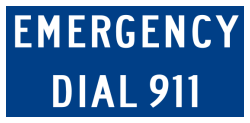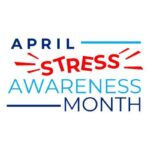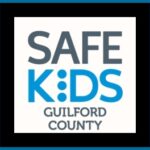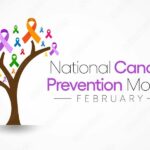Three NC Deaths After Using Cocaine Laced With Fentanyl

On Sunday, it was reported by the Chatham County Sheriff’s Office that three adults in the Siler City area died following ingestion of cocaine laced with Fentanyl (a powerful prescription painkiller). Six others became sickened and were treated on the scene by EMS or taken to local hospitals. One of these is presently hospitalized in critical condition according to WTVD out of Raleigh, NC.
A woman who allowed the drug use at her residence and who participated in it herself gave an account of guests going unconscious within an hour of using the drugs and then being unable to revive them. She described these unconscious individuals as “turning purple”. An investigation is underway to help determine if more of this lethal drug combination might still be available. Opioid overdose has become a staggering problem in North Carolina and around the country. Earlier this year, there were numerous overdose deaths along the east coast when it was discovered that very potent heroin and fentanyl-laced drugs were being distributed and used.
These lethal drug cocktails have sadly become increasingly commonplace putting many people at risk for overdose and death.
In another story on local substance abuse, it was reported by WTVD that a whopping 2280 DWI arrests were made by Raleigh police in the first 10 months of 2014. One can only imagine how many drunk drivers were not caught.
Abuse of drugs is an ongoing problem and a source of concern for many families, churches, community organizations, local governments and law enforcement. Are we providing enough prevention education to youth in the home and at school? Could it be that individuals trying drugs for the first time are under the belief that this is safe? As we try to objectively evaluate why individuals are using and abusing substances, it is important to emphasize the importance of prevention & intervention education and the availability of drug treatment services in our community.











